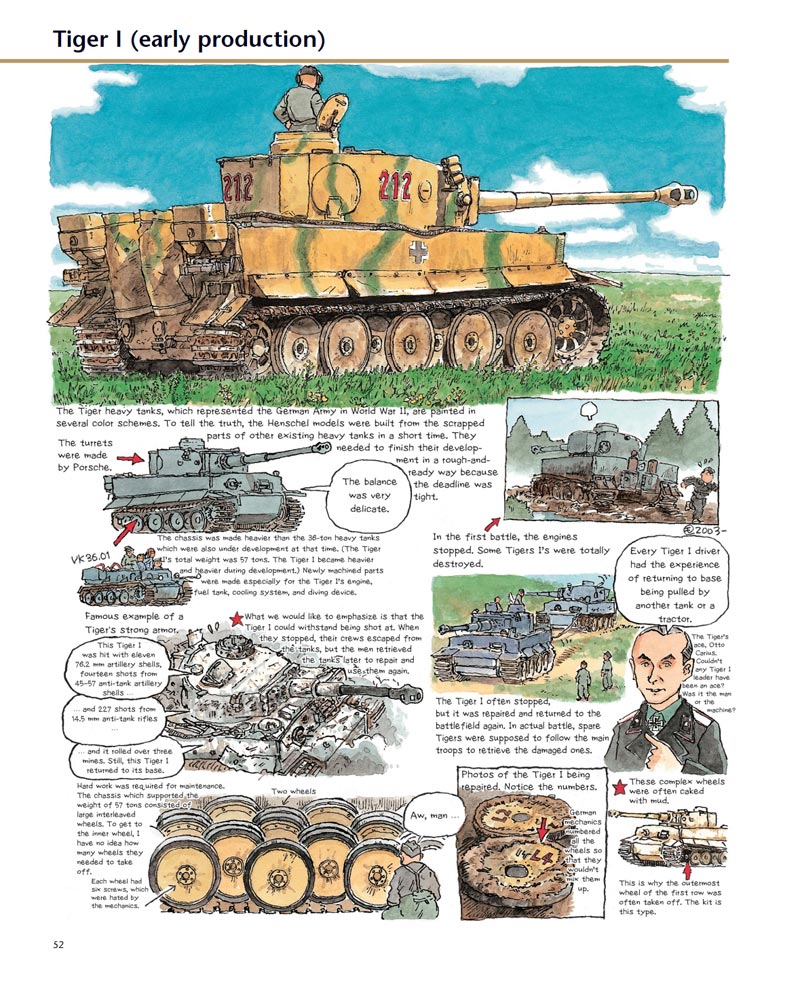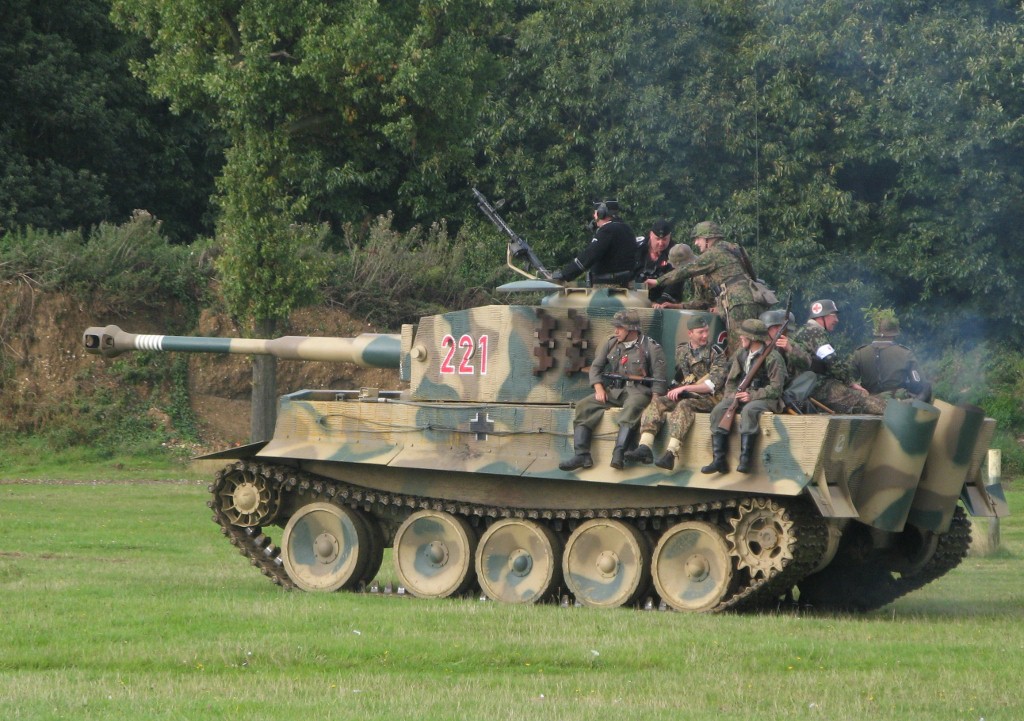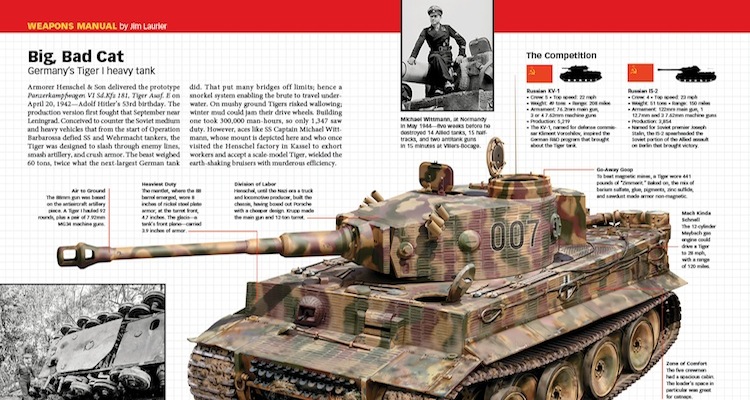
The tank also features explosive reactive armor as an inherent part of the design, providing an increased defense against projectiles. In an unprecedented shift to prioritize protection over mobility, which shaped the design of many Soviet tanks, the T-14 will incorporate several active protection systems designed to kill incoming missiles before they even strike the tank. The T-14 crew may not have to worry, however.


The remote turret could also theoretically allow a single crew member to maneuver and fire the T-14’s weapons, albeit much less effectively. According to the technical periodical, Jane’s Defense Weekly, additional armament could be provided in the form of a co-axial 30mm autocannon and PKT machine gun, giving the T-14 the ability to engage a wide variety of targets. There is more room in the turret for armament currently, the T-14 is equipped with the latest upgrade of Russia’s standard 125mm tank gun, the 2A82A in addition to the wide variety of Russian armor-piercing and high-explosive shells available, the gun is also capable of firing anti-tank guided missiles. The turret is completely unmanned instead, the three crew members operate the tank in a compartment at the front of the hull. The T-14’s biggest departure from traditional tank design isn’t quite evident from photos.

The centerpiece is the T-14 Armata main battle tank, a radical design that highlights a troubling lack of fighting vehicle development in the West. The Armata Universal Combat Platform is Russia’s attempt to make a interconnected family of tanks, infantry fighting vehicles, armored personnel carriers, self-propelled guns, and other vehicles. This year, they publicly unveiled what is possibly the most ambitious ground vehicle program since the end of the Cold War. During its annual May 9 Victory Day Parade commemorating the end of World War II, the Russian military brings out the most striking examples of their ground force vehicles.


 0 kommentar(er)
0 kommentar(er)
